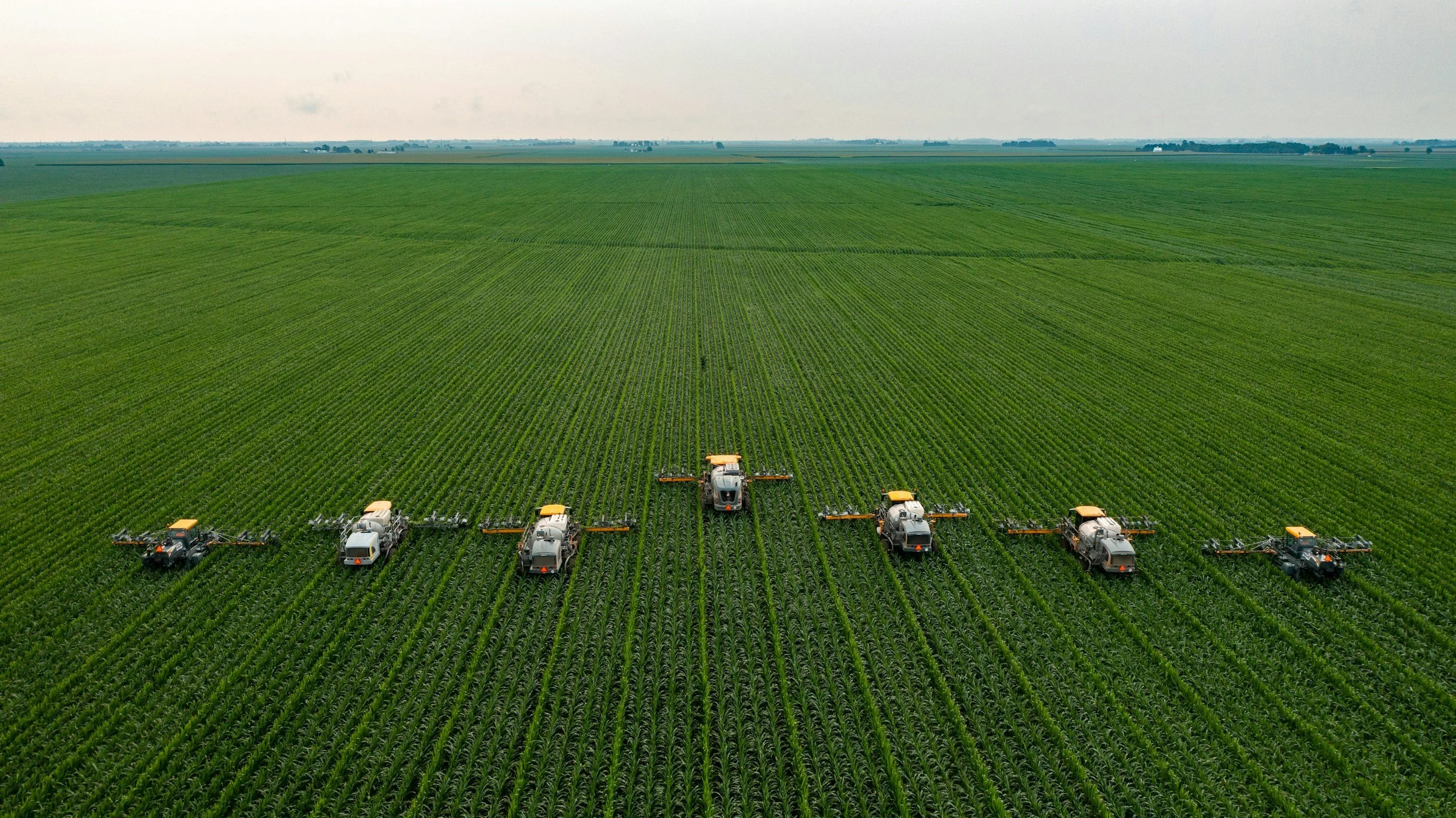Trash Decomposition: What You Should Know
/Every day, we interact with thousands of consumer products — many of which are manufactured from industrial materials that linger in our environment long after their use. These slow-to-decompose materials pose a significant challenge to our collective quest for sustainability. However, advancements in technology have brought us a range of effective recycling methods and responsible trash management solutions designed to help these materials “decompose” in a more sustainable way.
Understanding the process of trash decomposition is not just about being informed — it's a crucial step toward combating environmental issues such as climate change and pollution. This article delves into the intricacies of trash decomposition, exploring how recycling and responsible waste disposal can make a substantial difference.
Environmental Impact of Slow-Decomposing Materials
When it comes to waste, some materials break down quickly, such as wood and paper — though treatments and inks can slow the process. Other materials can stick around way longer, releasing harmful chemicals that contaminate our bodies, waterways and air. For example, consider how long it takes plastic, aluminum, and glass to decompose.
Plastics surround us in the modern world, but their impact lingers for centuries after we dispose of them. These materials can take up to 1,000 years to fully decompose. During this drawn-out process, discarded plastics severely disrupt marine ecosystems and endanger aquatic wildlife. The pollution continues to accumulate as the plastics slowly break down. This leads to the formation of massive plastic trash islands in our oceans — not to mention microplastics in waterways and crops that eventually enter our bodies.
Taking around 200 years to decompose, aluminum cans are another major contributor to environmental pollution. Their longevity leads to soil and water contamination, affecting terrestrial and aquatic life.
Glass is another common material that poses significant environmental challenges due to its decomposition timeline. In fact, it can take over a million years for a glass bottle to break down in the environment, essentially making it permanent. This prolonged existence means that every piece of glass discarded improperly continues to accumulate, contributing to overcrowded waste treatment centers and environmental pollution.
The stark contrast in decomposition rates among materials such as paper and plastics or aluminum highlights the urgency of addressing waste disposal more effectively. Whether through improved recycling efforts or services like dumpster rental for proper waste management,— understanding these differences is crucial in developing sustainable practices and technologies to mitigate their long-term environmental impact.
Differences in Recycling Processes
Recycling is a key component in managing waste sustainably. However, the exact process varies significantly depending on the material:
Paper Recycling: Involves pulping (mixing paper with water and chemicals), de-inking (removing inks and adhesives), and reforming into new paper products. Challenges include effective ink removal and managing fiber degradation.
Glass Recycling: Starts with crushing glass into cullet, then melting and remolding it into new products. The core challenges of glass recycling include efficient color sorting and contamination removal.
Metal Recycling: This involves sorting (using magnets and other technologies), shredding, melting and forming new metal products. Key challenges include separating metal types and removing impurities.
Plastic Recycling: The process includes sorting plastics by type, cleaning to remove contaminants, shredding and remelting. Core challenges involve identifying plastic types and dealing with contamination. Worse still, plastics tend to become softer and less durable with each recycling cycle. This limits the number of times they can be effectively recycled.
Understanding these diverse processes is important for improving recycling efficiency and reducing the environmental impact of using these materials. Each material presents its own set of challenges, underscoring the need for tailored approaches to recycling, disposal and decomposition.
Innovations in Recycling Technologies and Waste Disposal Solutions
The recycling industry has witnessed significant technological advancements, especially in the realms of artificial intelligence (AI), robotics, waste-to-energy, and biodegradable materials:
AI-powered systems are revolutionizing waste sorting by identifying and segregating types of waste more accurately and swiftly than traditional methods. This enhancement in sorting efficiency is crucial for improving recycling rates and reducing contamination.
Robotics technology is also helping to automate and refine the sorting process. Often powered by AI, these robotic systems are capable of handling tasks with precision and speed, thereby reducing reliance on manual labor and improving the overall efficiency of recycling operations.
Waste-to-energy technologies, another innovative approach gaining momentum, allow us to transform industrial waste into electricity or fuel. This method not only decreases the volume of waste destined for garbage dumps, but it also generates renewable energy.
Biodegradable materials represent another important innovation in the larger industry. These materials, designed to decompose more rapidly and safely, are emerging as viable alternatives to traditional plastics. Packing peanuts made of corn starch, for example, are increasingly being used to replace those made with Styrofoam.
Despite advancements in recycling technology, several challenges persist in the industry. One significant issue is the prevalence of blended materials, which complicates the recycling process due to the difficulty in separating components. Additionally, there is an issue called "wish-cycling." This refers to the practice of placing non-recyclable items in recycling bins. People often do this with good intentions. They hope the items will somehow get recycled. However, wish-cycling is misguided. It often leads to contamination and problems in the recycling process.
Understanding trash decomposition and embracing innovative recycling technologies are pivotal steps toward sustainable waste treatment and disposal. The journey to a healthier planet begins with the fundamental principles of reduce, reuse and recycle. While recycling is crucial, prioritizing the reduction of waste and reusing materials whenever possible can have an even more significant impact.
It's essential for individuals and businesses alike to be informed about what materials are truly recyclable in their local areas. This knowledge is crucial because recycling guidelines can vary significantly from one region to another. Contacting your local city office or recycling plant can provide valuable insights into specific recycling protocols and help in making more informed decisions about waste disposal. For certain types of waste, businesses may need to rent a garbage dumpster to properly dispose of materials not accepted in municipal recycling. Searching for “dumpster rental near me” can help you find convenient options for managing larger quantities of waste effectively.
By taking proactive steps in our daily lives — from choosing sustainable products to reducing unnecessary consumption — we can collectively work toward a cleaner, greener world for future generations.
About the Author:
Marie Wickham’s journey to the role of Director of Marketing at Sourgum Waste was fueled by her commitment to sustainability and a wealth of marketing expertise. She joined Sourgum in June 2022, inspired by her passion for solving environmental challenges. Her prior roles in various industries from airlines to food e-commerce and online dating forged her prowess in driving growth and loyalty. Wickham now leverages her diverse experience to further Sourgum's mission of eliminating waste and creating a cleaner world — one dumpster at a time.










































Proper pet waste disposal is crucial for maintaining healthy environments and ensuring clean, safe communities for human and animal residents alike. Unfortunately, still too many dog owners may not realize that when they leave any of their pet’s waste behind, it can accumulate and create both unpleasant and unhygienic conditions.